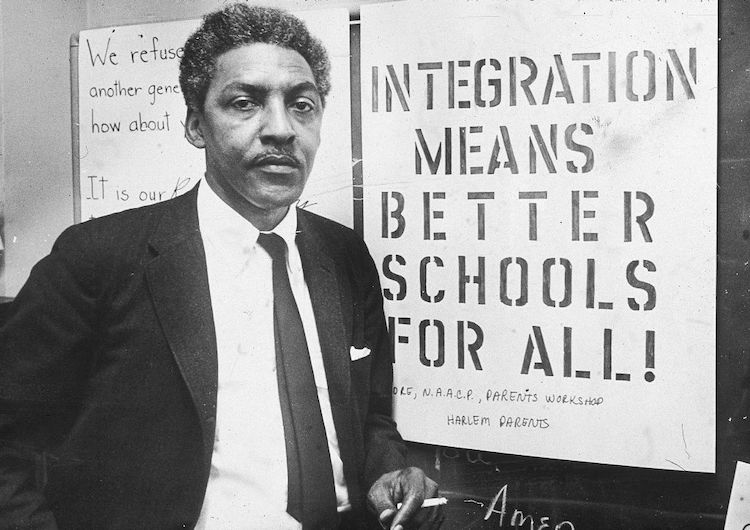
When I reflect on what constants have aided the community’s ascension, what comes to mind without hesitation is faith, collectiveness and organization. Each practice, if traced back, can be connected to enslavement, Jim Crow, the Civil Rights movement and other pertinent times in our history in which Black people were forced to carry misplaced burdens. And the vast majority of the solutions we’ve had to create were born from the faith, collectiveness, and organizing that grassroots organizations have required to push initiatives for advancing Black people in America.
By definition, grassroots organizations are movements that use people in a given district, region or community as the basis of political or economic movement. These movements and organizations use collective action to implement change. Those factors sound as Black and American as sweet potato pie for our community. Especially since there has never been a time in American history when we have not had to organize as a collective to fight for something—be it equity, human and civil rights, educational and professional opportunities, or justice of any kind. From the Underground Railroad to the present day, the only major thing that has evolved is the dates, while the mission of safety, equity and quality of life for us has remained.
Today is no different, except that we’re witnessing the concept of grassroots movements reach broader audiences in a fraction of the time due to technological advancement. A most recent and prevalent example of this new era of grassroots is the garnered support of Vice President Kamala Harris as the Democratic nominee to be the next President of the United States of America. The first organization to set others ablaze was the 40,000 Black women of Win With Black Women, who met via Zoom on July 21, 2024, led by Jotaka Eaddy. That activation, in turn, inspired the call of thousands of Black men rallying as a part of Win With Black Men, led by Khalil Thompson, and The Collective PAC, currently led by Quentin James.
The commonality of these organizations and their leaders lies within their shared understanding of what needs to be done, no matter how unlikely or bleak the outcome may initially appear. It is through the work of grassroots organizations, both popularized and not, that we are witnessing what it looks like to mobilize, educate and press forward in today’s social climate. Since President Biden’s endorsement of Harris, it’s these same organizations that have shepherded ongoing discussions and initiatives toward the shared goal of preserving the democracy this country has claimed to be built on.
More than $80 million was raised for Vice President Harris’ campaign in less than a month. It would be naively irreverent to acknowledge that without also recognizing the role Black organizations have played. It is because of leaders like Shirley Chisholm, Bayard Rustin, Georgia Gilmore, John Lewis, Fannie Lou Hamer, and beyond that Eaddy, Thompson, and James have that instilled understanding of duty to take on and fuel a movement without thinking twice. This is how things get done.

